Mythbusters: Shedding Light on 80/20 Affordable Housing and ‘Poor Doors’
There’s been lots of chatter on the street and in the media on the subject of “poor doors” in new developments for those who have qualified for affordable housing. And though this subject has created quite a bit of controversy, it’s actually not quite what it seems. Rather than being outraged that our city allows real estate developers to “discriminate” against those who could never consider paying for the privilege of residing in their latest and greatest luxury building, naysayers should think about reading up on exactly what affordable housing is and isn’t—“rich” home seekers having an edge over the so-called “poor.”
Perhaps the biggest misconception for those who can afford a market-rate home is that affordable housing translates to providing shelter for ex-cons, rehabilitated drug addicts or an option for those who currently living in homeless shelters. Instead, those who qualify have steady, highly regarded jobs. For instance, they might be a public school teacher, a college professor, or a New York City fireman or policeman. Not “poor” by any means, and we should stop referring to them as such—this person simply earns less than the neighborhood’s Area Median Income (AMI). According to the U.S. Department of Housing and Urban Development (HUD), earning 80% of the AMI is considered “low income”. This equates to $47,000 for a single person in 2014 in New York City.
The Housing Finance Agency’s (HFA) qualification for obtaining affordable housing is based on household income falling between a particular development’s upper and lower limits; household members meeting guidelines, a history of good credit—and obviously, no legal, criminal or housing issues. Related to this, a lot of affordable rent seekers think they’ll end up in the less desirable units—when in truth, affordable housing units are required to be evenly distributed throughout the entire building. In the case of 40 Riverside Boulevard, the Extell project that has stirred the “poor door” pot, this building is actually two towers that have been constructed to appear as one. The two buildings have different building codes, utilities, and therefore different entrances, only sharing a garage—a perfectly legal arrangement. We also need to remember that even within the lottery system for these units, “winners” still go through an application process and ultimately require an interview and board approval before they can even start thinking about packing their bags.
A second misconception is that affordable housing is required. It’s not. The HFA does offer tax-exempt financing to rental developers in which at least 20 percent of units are designated as affordable housing for households with incomes at 50 percent or less of the local AMI (adjusted for family size); and developers are allowed to build 33-percent more square feet than would otherwise be permitted if they go the 80/20 route; but even with the discount and the density bonus, many developers choose not to partake because the implicit subsidy for these affordable units is still quite high when all is said and done.
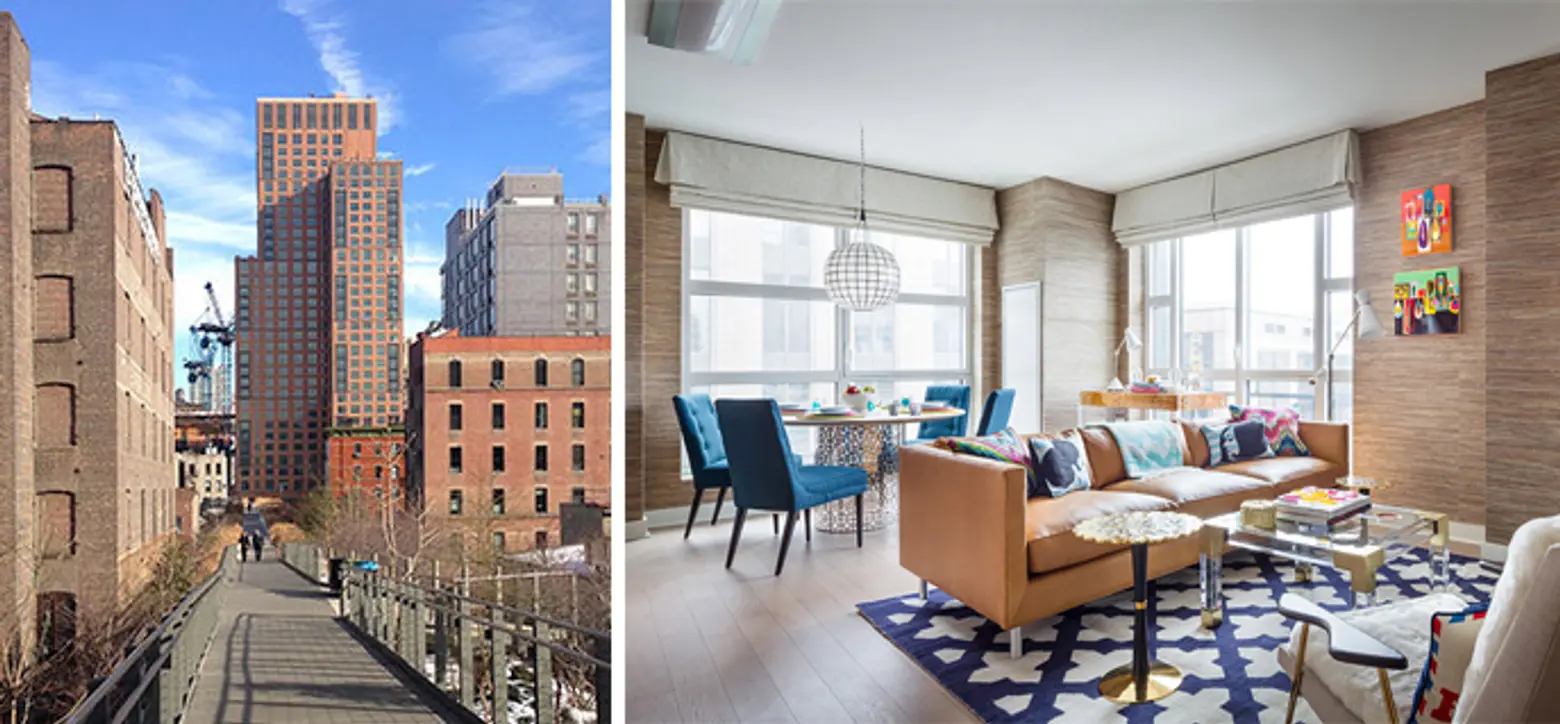 The Abington House located along the High Line Park. Images © Abington House
The Abington House located along the High Line Park. Images © Abington House
However, more than a few of New York’s largest development companies are committed to the program. Take Related Companies for example: One of most prodigious developers in the US, Related Companies places a high priority on developing, acquiring and preserving housing in the affordable housing sector. In fact, over 60 percent of their 50,000-plus apartments under their management are part of one or more affordable housing programs, and an additional 20 percent of these homes provide workforce housing. One of this company’s newest developments is the Robert A.M. Stern-designed Abington House in West Chelsea. Practically touching the High Line Park, this luxury, amenity-filled building does offer affordable housing. According to a recent piece by the New York Times, the subsidy provided to a family with a two-bedroom unit in the Abington House is about $90,000 a year.
L+M Development Partner is also steadfast in their commitment to developing affordable housing. This development company was founded on the belief affordable housing strengthens the fabric of our communities—and this remains one of their core values. Not so long ago, L & M purchased back-to-back land between 116th and 117th Street in Harlem in order to develop two structures. On the 116th Street side, the Adeline is a nearly sold out, market-rate luxury condominium. On 117th, Harlem 117 is a rental building completely dedicated to affordable housing. Though they are separate buildings, each with their own communal amenities, they do share an underground garage.
Another 80/20 Harlem project on the horizon is a two-tower Continuum Company development on Park Avenue between 124th and 125th Street, opposite the Metro North Station. When completed (in about two years) these towers will be Harlem’s tallest buildings and will include about 120 affordable units and roughly 380 market-rate apartments.
One of the latest L & M Development (in partnership with Dunn Development) is the mixed-use, multi-building Navy Green on Clermont Avenue in Brooklyn’s Fort Greene neighborhood. Offering about 460 homes in all, it will include affordable housing rental units.
Gotham West on West 45th Street in Hell’s Kitchen is a mixed-use project from the Gotham Organization. With a total of 1,238 units, 684 fall into the affordable rent category. They are also developing a project on Fulton Street in Brooklyn with an affordable housing component.
The list continues when it comes to good examples of developers building projects with affordable housing, including Glenwood Management, Rockrose Development Corp. and TF Cornerstone.
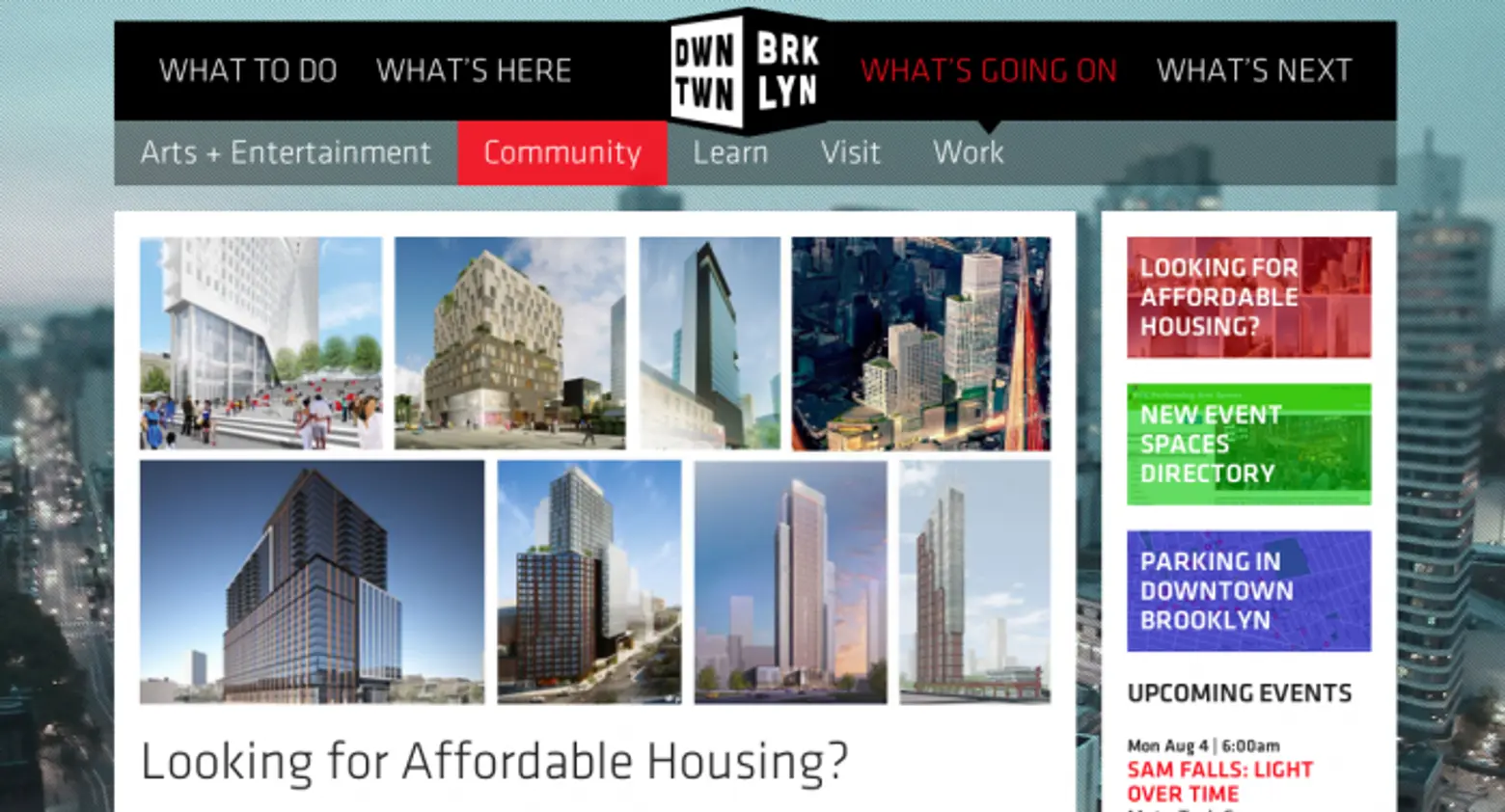 The Downtown Brooklyn Partnership site
The Downtown Brooklyn Partnership site
Ultimately, the real problem is not “poor doors” but the level of affordable housing provided by the city and educating people on how to apply for said housing where stock is available. A lot of rent-seeking individuals have no idea if they qualify for affordable housing, let alone how to enter the lottery for those apartments. And then there are others who don’t have the right credit rating or financial documentation to qualify for these homes and have even fewer options for housing. Instead of focusing on this newly sensationalized “poor door” term, maybe we should be having a conversation on how individuals can better access and lay claim to these and other affordable units.
There’s plenty of information out there to learn more and recently, the Downtown Brooklyn Partnership along with a number of developers are now offering free seminars to assist prospective affordable housing renters in building up a credit history in order to enter what is a very competitive lottery. There are also comprehensive orientations on what is oftentimes a confusing application process. To check out seminar schedules, you can visit their site.
The NYC Affordable Housing Resource Center is also currently accepting applications for a lottery, but interested participants should note that there is a deadline. Shortly after the deadline, those who qualify will be randomly selected (about 20 times the number of available units) and interviewed. Established a year ago, NYC Housing Connect is dedicated to helping those who wish to participate in the affordable housing lottery system.
**
“Our city’s biggest challenge is the growing disparity between affordable and market-rate housing,” says Jonathan Miller, the president and CEO of Miller Samuel Inc., a New York-based real estate appraisal and consulting firm. “Producing affordable housing helps us provide a greater diversity for labor skills needed in New York… because, in the long run being it is good for New York as a thriving community.”
Lead image: (L) © Things that Inspire; (R) © The Bohmerian
Interested in similar content?
Leave a reply
Your email address will not be published.
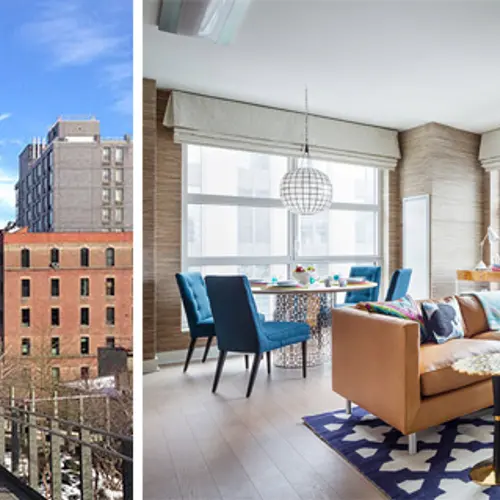
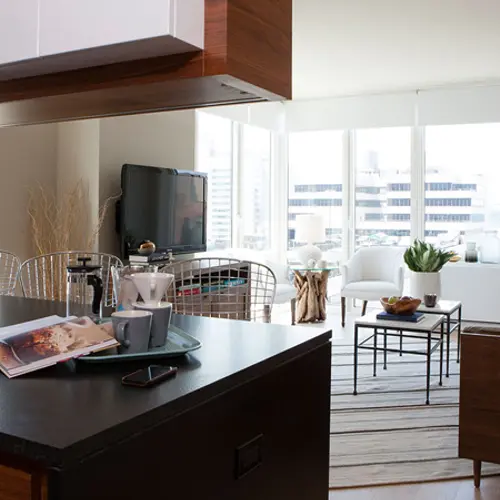
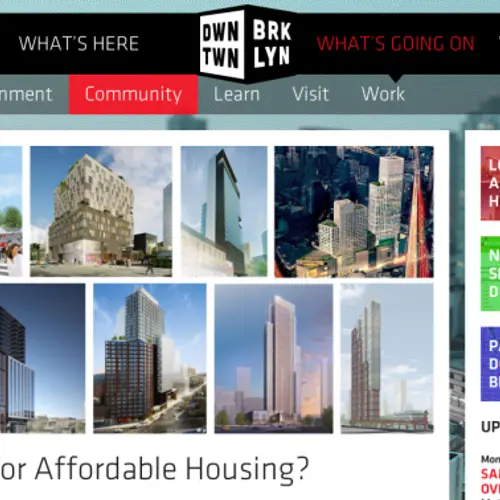






























This infrormation is all spelled out on the internet. It’s not difficult, under NYC Housing Connect. ‘Affordable Housing for Rent’ What is not ever memtioned is how does the person who’s been selected to move into an affordable apartment manage to stay there should his income or circumstances change later on. Do they check to find out it the tenant has made an extra $200 income one year? And will he now get thrown out? What happens if later on the tenant falls in love and wants to have his partner move in? Supposing an elderly tenant needs a full time ‘home helper’ or has her grandchild come and stay.. Will they be thrown out? What happens if the building gets sold or becomes insolvant? Will tennants find themselves homeless?
“Related to this, a lot of affordable rent seekers think they’ll end up in the less desirable units—when in truth, affordable housing units are required to be evenly distributed throughout the entire building.” The reality is many of these apartments are certainly less desirable and have fewer upgrades as the market rate.